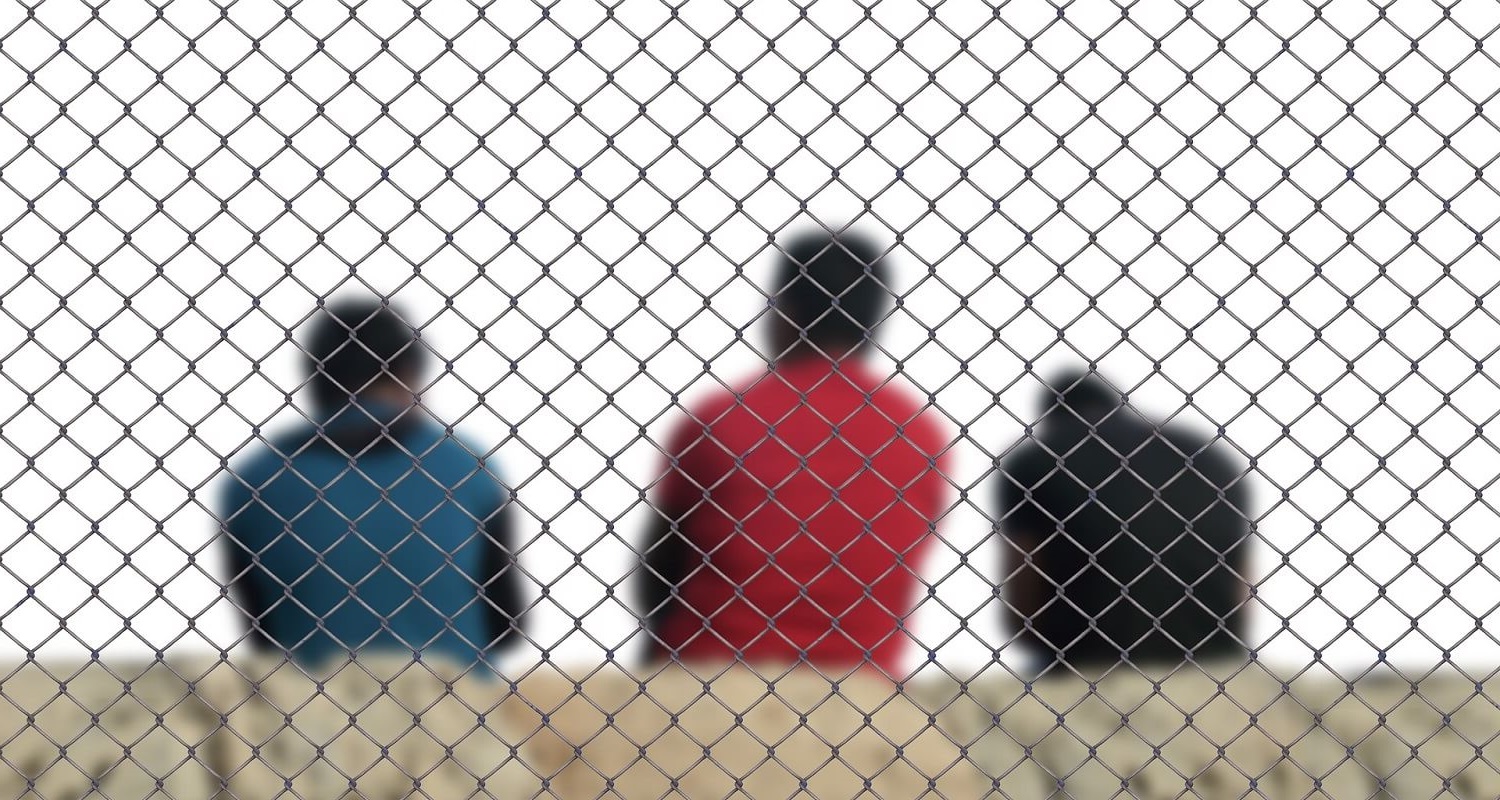Introduction
Human rights are fundamental freedoms and protections that belong to every individual, regardless of nationality, ethnicity, gender, or background. They ensure dignity, equality, and fairness in society. Understanding the essence of human rights and their significance is crucial—but what do they truly mean, and why do they hold such immense importance? This article provides a clear and comprehensive guide to understanding human rights, their origins, principles, and impact.
What Are Human Rights?
Human rights are the basic rights and freedoms that every person is entitled to, simply by being human. They are designed to protect individuals from injustice, discrimination, and oppression, ensuring that all people can live with dignity and freedom.
The Universal Declaration of Human Rights
The Universal Declaration of Human Rights (UDHR, established in 1948 by the United Nations General Assembly, represents a pivotal moment in history as the first global agreement to outline the fundamental rights and freedoms entitled to every individual, regardless of nationality, race, or creed.. It outlines 30 fundamental rights that apply to all people, forming the foundation of international human rights laws. The Universal Declaration of Human Rights (UDHR) has played a pivotal role in shaping national constitutions and international agreements that strengthen and uphold human rights protections.
Key Characteristics of Human Rights
- Universal – Apply to everyone, everywhere.
- Inalienable – Cannot be taken away except in specific legal circumstances.
- Indivisible and Interdependent – All rights are equally important and connected.
- Protective Against Oppression – Safeguard individuals from abuse by governments and institutions.
Historical Evolution of Human Rights
Over time, the idea of human rights has developed, shaped by a diverse array of philosophical, religious, and legal perspectives.
1. Ancient and Religious Foundations
Early ideas of human rights can be traced back to religious and philosophical traditions such as:
- The Code of Hammurabi (1754 BCE) – One of the earliest recorded legal codes emphasizing justice and fairness.
- The Cyrus Cylinder (539 BCE) – Issued by Persian King Cyrus the Great, this document is considered the first recorded human rights charter.
- Religious Teachings – Many religions, including Christianity, Islam, Hinduism, and Buddhism, advocate for dignity, compassion, and equality.
2. Enlightenment and the Birth of Modern Human Rights
The Enlightenment period (17th-18th century) played a crucial role in shaping modern human rights through key philosophical works, such as:
- John Locke’s Natural Rights Theory – Emphasized life, liberty, and property as fundamental rights.
- The U.S. Declaration of Independence (1776) – Declared that “all men are created equal.”
- The French Declaration of the Rights of Man and Citizen (1789) – A foundational document in human rights history.
3. The 20th Century and the United Nations
The atrocities of World War II highlighted the need for a universal human rights framework, leading to:
- The establishment of the United Nations (1945).
- The adoption of the Universal Declaration of Human Rights (1948).
4. Modern Human Rights Movements
In the 20th and 21st centuries, human rights advocacy has expanded to include movements such as:
- The Civil Rights Movement (1950s-1960s, USA) – Advocated for racial equality and an end to segregation.
- Women’s Rights Movements – Led to legal reforms ensuring gender equality.
- LGBTQ+ Rights Advocacy – Fought for equal rights and protections against discrimination.
Types of Human Rights

Human rights are generally categorized into different types based on their nature and purpose.
1. Civil and Political Rights
These rights ensure individuals’ freedom and political participation. Examples include:
- Right to life and personal security.
- Freedom of speech and expression.
- Right to a fair trial.
- Freedom from torture and cruel treatment.
- Right to participate in government.
2. Economic, Social, and Cultural Rights
These rights protect individuals’ access to essential needs and opportunities. Examples include:
- Right to education.
- Right to healthcare.
- Right to work and fair wages.
- Right to social security.
- Right to participate in cultural life.
3. Collective and Solidarity Rights
These rights apply to groups of people rather than individuals. Examples include:
- Right to self-determination.
- Right to a clean environment.
- Right to cultural identity.
- Right to development.
The Importance of Human Rights
1. Promoting Equality and Fairness
Human rights prevent discrimination and ensure equal treatment for all, regardless of race, gender, religion, or social status.
2. Protecting Individuals from Oppression
They serve as a safeguard against government abuse, dictatorship, and totalitarianism, ensuring justice and legal protection for all citizens.
3. Strengthening Democracy and Rule of Law
Human rights support democratic values, such as freedom of speech, fair elections, and judicial independence, which are crucial for a just society.
4. Enhancing Social and Economic Development
By guaranteeing access to education, healthcare, and employment, human rights contribute to a nation’s growth and the well-being of its people.
5. Ensuring Global Peace and Stability
When human rights are respected, societies tend to be more stable and peaceful. Violations often lead to conflict, unrest, and humanitarian crises.
Challenges in Human Rights Protection
Despite international agreements, human rights violations persist worldwide. Some common challenges include:

1. Government Repression
Authoritarian regimes often suppress freedoms, silence critics, and violate citizens’ rights.
2. Discrimination and Inequality
Racism, sexism, and economic disparities continue to hinder full human rights realization.
3. Armed Conflicts and Wars
War-torn regions experience extreme human rights violations, including displacement, torture, and mass killings.
4. Lack of Legal Enforcement
In many countries, human rights laws exist but are not effectively enforced due to corruption or weak judicial systems.
5. Emerging Challenges: Digital and Environmental Rights
With advancements in technology, concerns about digital privacy, surveillance, and misinformation have emerged as new human rights issues. Additionally, environmental degradation threatens basic rights such as clean air and water.
How to Promote and Protect Human Rights
1. Awareness and Education
Educating people about their rights empowers them to demand justice and fairness.
2. Supporting Human Rights Organizations
Organizations like Amnesty International and Human Rights Watch play a crucial role in advocating for human rights.
3. Holding Governments Accountable
Citizens and international bodies must pressure governments to uphold human rights laws.
4. Participating in Democratic Processes
Voting, protesting, and engaging in civic activities help ensure that governments respect human rights.
5. Strengthening International Cooperation
Nations must work together through diplomatic efforts and international agreements to protect and promote human rights.
Conclusion
Human rights form the cornerstone of a fair and just society, ensuring equality and dignity for all. While significant progress has been made in promoting and protecting them, challenges remain. By understanding, advocating, and defending these rights, individuals and societies can work towards a world where everyone enjoys dignity, freedom, and equality.











1 thought on “What Are Human Rights? A Simple Yet Powerful Explanation”